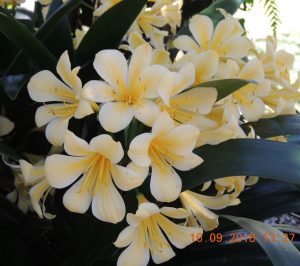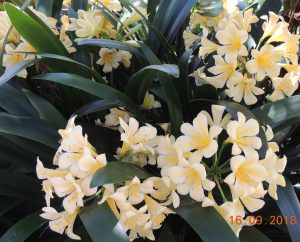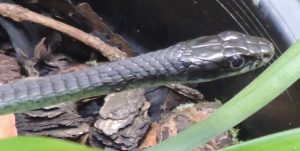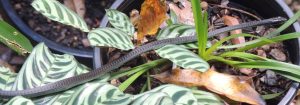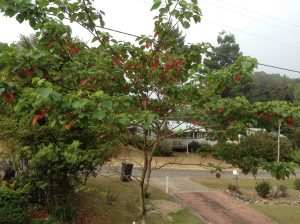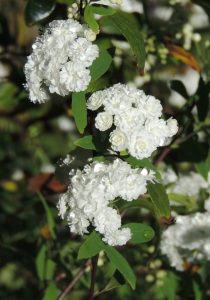John Plant , the son of Flight Sergeant Bruce plant, died on 14 September 2018 .
John’s father was Paluma’s 1930s son who lies in a war cemetery in Germany, having been killed in 1943 piloting a Lancaster bomber as part of the legendary 460 SQN RAAF. The site of the incident has been generously marked by a local german group who seek out and memorialize such crash sites.
Bruce is remembered on our War Memorial following a recent ceremony conducted by members of the Garbutt RAAF ,where Bruce started his Wartime career as a Mess steward , but quickly rose through the ranks to become a Fighter Pilot at Amberley before training on Lancasters in Canada .Bruce was an outstanding Australian!
John and Bruce never met. A planned meeting on the Ipswich railway station was foiled by the fact that the train carrying Bruce did not stop leaving John’s mother bereft on the platform holding an infant John.
John suffered a tremendous detriment with the death of his father due to the extremely cruel actions of his step father until John broke free at age 13.
John secured a trade in a railway rolling stock construction company at Ipswich and his great intelligence , skills and wonderful personality stood him in good stead with that company all of his working life.
John’s wife Eunice was his great love and mainstay as he coped with the loss of his father in his younger years. Eunice is grief stricken at her loss of John.
John was most appreciative of the RAAF ceremony hosted by PDCA and his son Barry has again asked that the family’s thanks be passed on to Palumarites!
John’s story is typical of the repercussions of War where often the next generation of the person Killed in Action have a great burden to bear which is often unrecognised by more fortunate members of subsequent generations .
Lest We Forget ….the tribulations of the families of our War dead.
Michael Drew


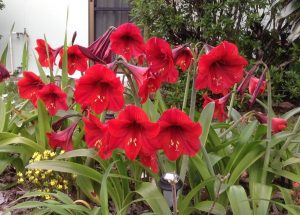
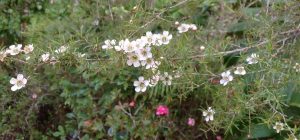
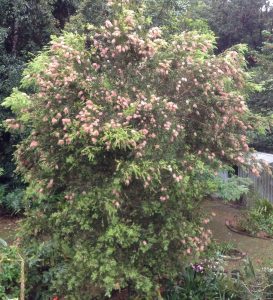
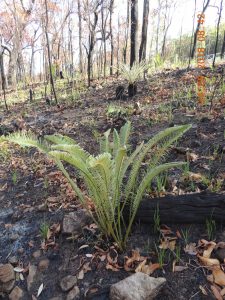
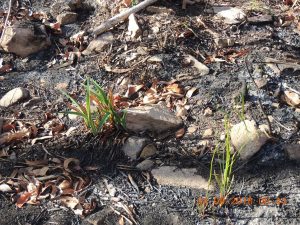



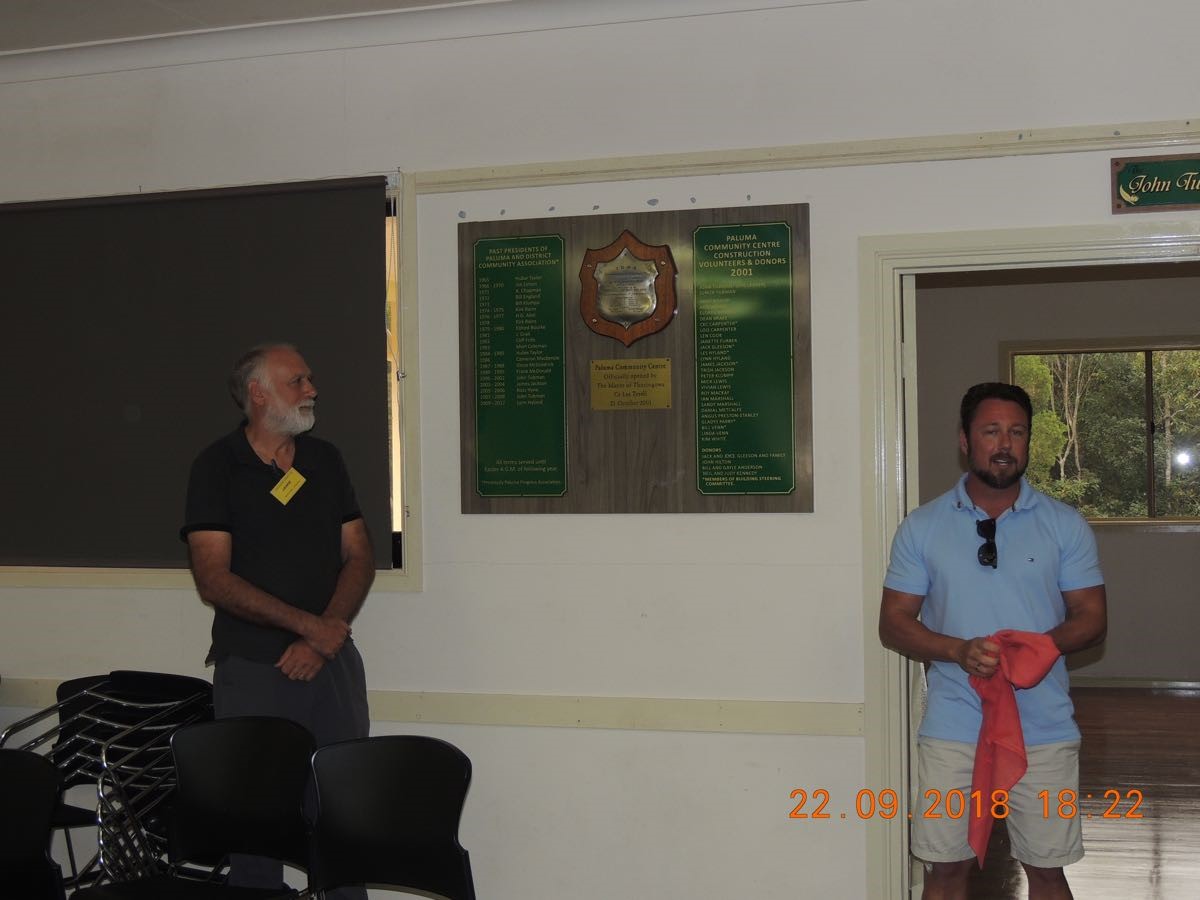
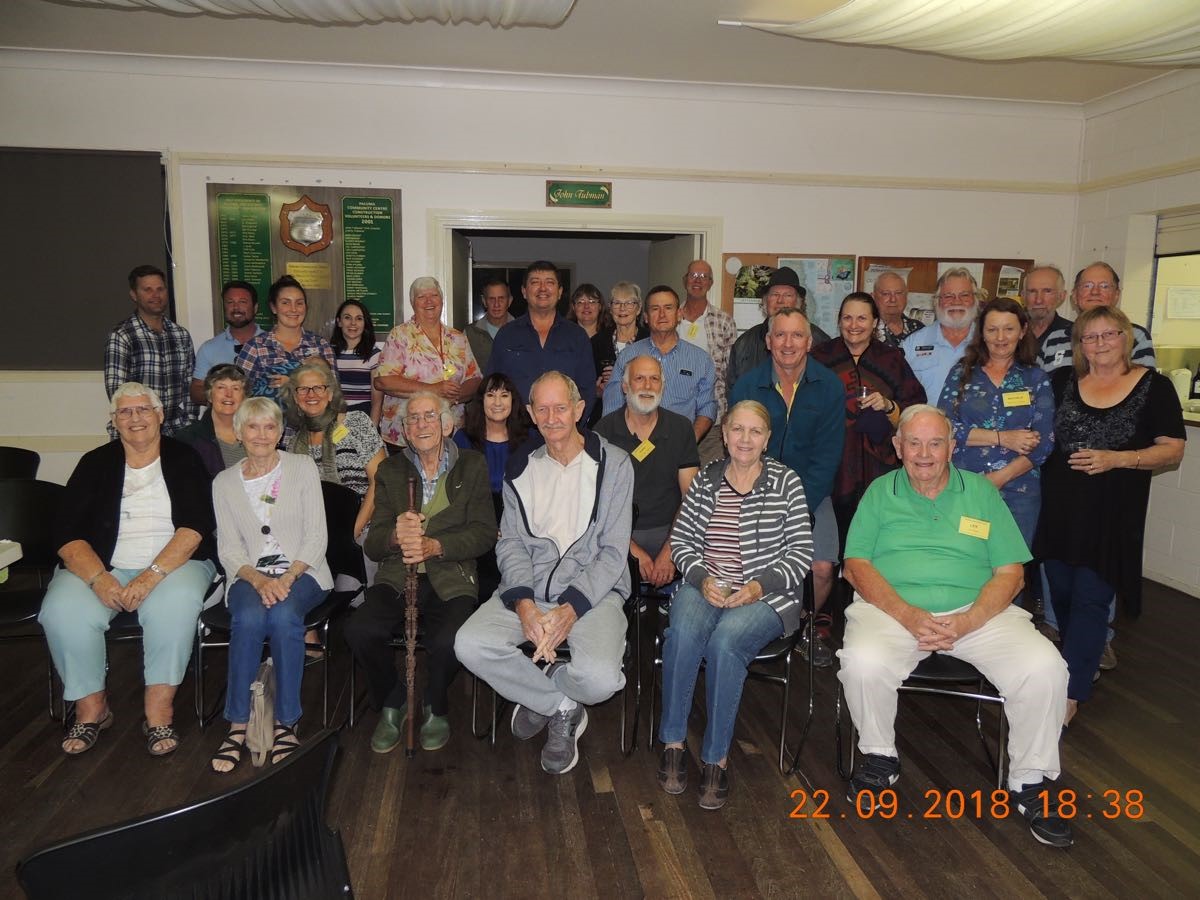
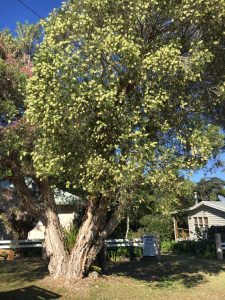 This tree is likely to be a Melaleuca quinquenervia, commonly known as the broad-leaved paperbark. This specimen is a sturdy, multi-trunked tree with masses of creamy-yellowish bottlebrush-like flowers. This species of paperbark is native to Eastern Australia, Papua New Guinea and New Caledonia. It often grows in damp areas, on the margins of swamps, on floodplains and near watercourses. This specimen is thriving on the mountain top at Paluma!
This tree is likely to be a Melaleuca quinquenervia, commonly known as the broad-leaved paperbark. This specimen is a sturdy, multi-trunked tree with masses of creamy-yellowish bottlebrush-like flowers. This species of paperbark is native to Eastern Australia, Papua New Guinea and New Caledonia. It often grows in damp areas, on the margins of swamps, on floodplains and near watercourses. This specimen is thriving on the mountain top at Paluma!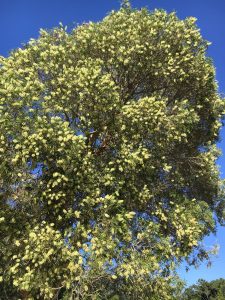 Not only is this tree a magnet for bees at the moment, it also provides a source of nectar for many honeyeaters. In less than 15 minutes of bird watching at this tree, I observed numerous birds visiting for a feed – Macleay’s Honeyeater, Dusky Honeyeater, White-throated Honeyeater, Eastern Spinebill and Lewin’s Honeyeater.
Not only is this tree a magnet for bees at the moment, it also provides a source of nectar for many honeyeaters. In less than 15 minutes of bird watching at this tree, I observed numerous birds visiting for a feed – Macleay’s Honeyeater, Dusky Honeyeater, White-throated Honeyeater, Eastern Spinebill and Lewin’s Honeyeater.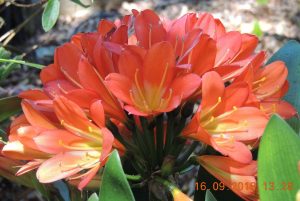 Since the beginning of spring, clivia plants at Paluma have been blooming and one garden in particular has some superb flowering plants.
Since the beginning of spring, clivia plants at Paluma have been blooming and one garden in particular has some superb flowering plants.